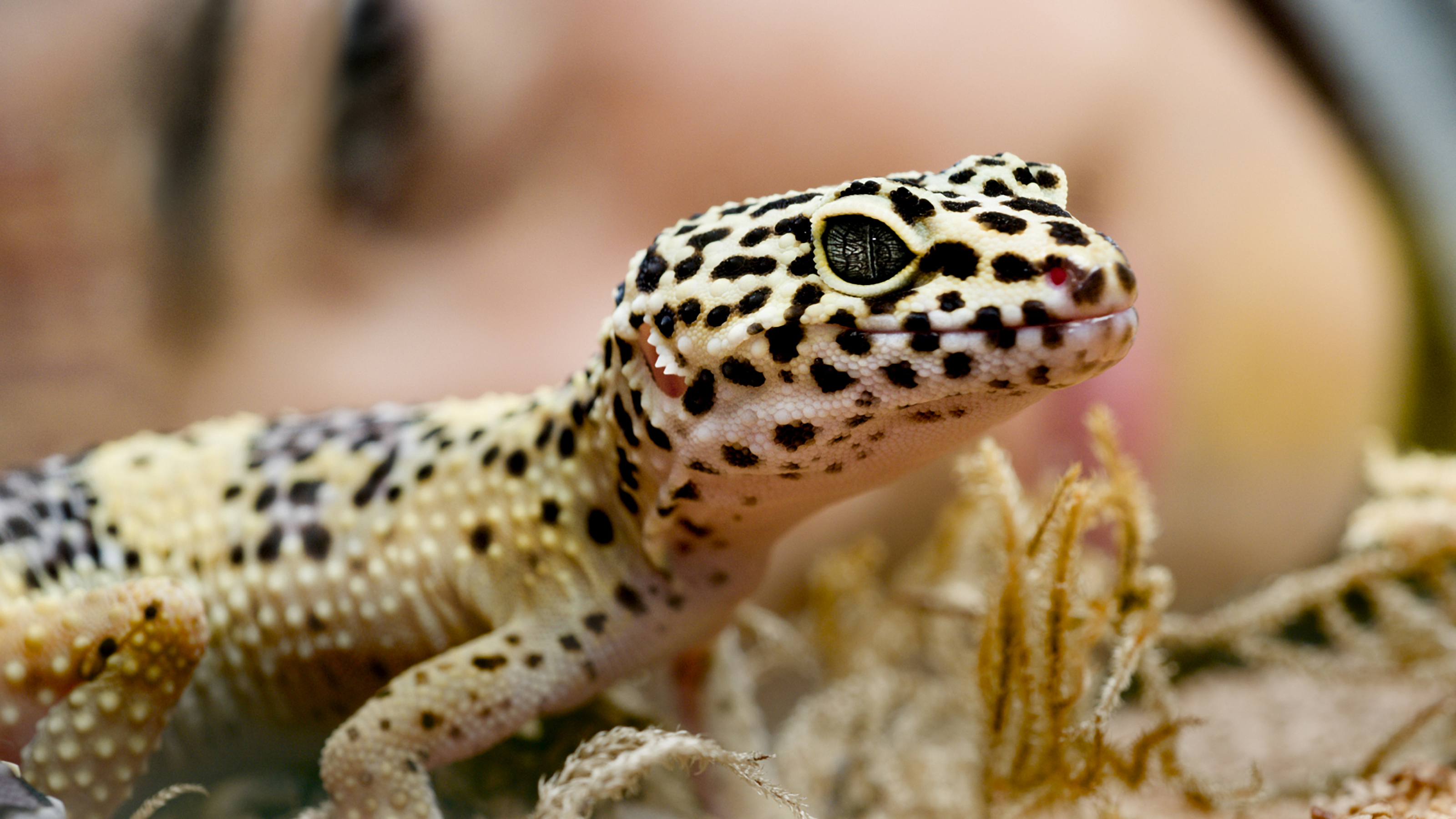
A Guide To Feeding Your Reptile
Below are the basic requirements for some of the more commonly kept species of reptile
Reptiles are an amazing and diverse group. This means that they have a large range of requirements when it comes to their diet. Some, like tortoises, are vegetarians – a world away from the sporadic, meat-only dietary pattern of a large boa snake!
With the needs of reptiles being so unique, however, it should be noted that this is a guide, and all reptile diets should be developed in line with advice from a reptile expert. It should also be remembered reptile UV light also plays an important role in metabolism, health and development.
To see a range of nutrition options for reptiles, have a look at what's on offer from our friends in store.
More about feeding your reptile
Corn snakes are meat eaters, and will need to be fed whole meat such as thawed frozen rodents. Being comfortable with feeding your corn snake on these is an important consideration before thinking about buying a snake. While most snakes are given rodents that are already deceased, some people feel that feeding live rodents is a more natural experience for a snake. Most captive-bred corn snakes, however, will never have been given live prey and may reject it. There is also a risk of injury to your snake from live prey, as well as a risk of picking up infections, especially in wild-caught rodents. The UK legal consideration must also be complied with; meaning prey items are normally deceased when fed.
The size of rodent you offer needs to be suitable for your snake. Snakes eat their prey whole, so won’t be able to manage or may regurgitate food which is too large. Rodents offered should be no larger than 1.5x the size of your corn snake’s midsection and feeding too large a prey item can be detrimental.
Corn snakes also do not need to eat very frequently. A meal every 5-7 days for young snakes, and then every 7-10 days for adults, is enough to sustain them. Offered rodents should be thawed before feeding but never cooked - this may put your corn snake off or make them ill. Overfeeding should be avoided as, just like us, snakes can suffer from obesity.
Many people choose to feed their corn snake in a ‘feeding tub’ – a tub that will comfortably fit your snake, as well as sitting nicely in the vivarium. By only feeding your snake when it is in the feeding tub they will come to expect food only when it is there, reducing the risk of being bitten when your hands are in the normal vivarium, as well as reducing the risk of them accidentally ingesting any vivarium substrate. Another method is to feed them outside of the vivarium in a different container or area, so that they don’t associate the opening of the door with feeding.
Common reasons for a snake to ignore a meal include:
- Stress
- Shedding, snakes will not eat during the shedding process
- Incorrect vivarium temperatures, this should be graduated, and have hiding places in a range of temperature zones.
- Inappropriate or 'bad' food items.
If your corn snake refuses a meal, take it away and re-offer in another week. Correct any issues you may have spotted with the environment in the meanwhile. Sometimes slightly warming and bloodying/slitting the food item can help.
All corn snakes should also always have access to clean, fresh water in a bowl. Many corn snakes like to lie in their water, so it is important to clean it regularly.
If you have any concerns about your corn snake’s eating habits, as they are usually fairly consistent feeders, always contact your vet for advice.
